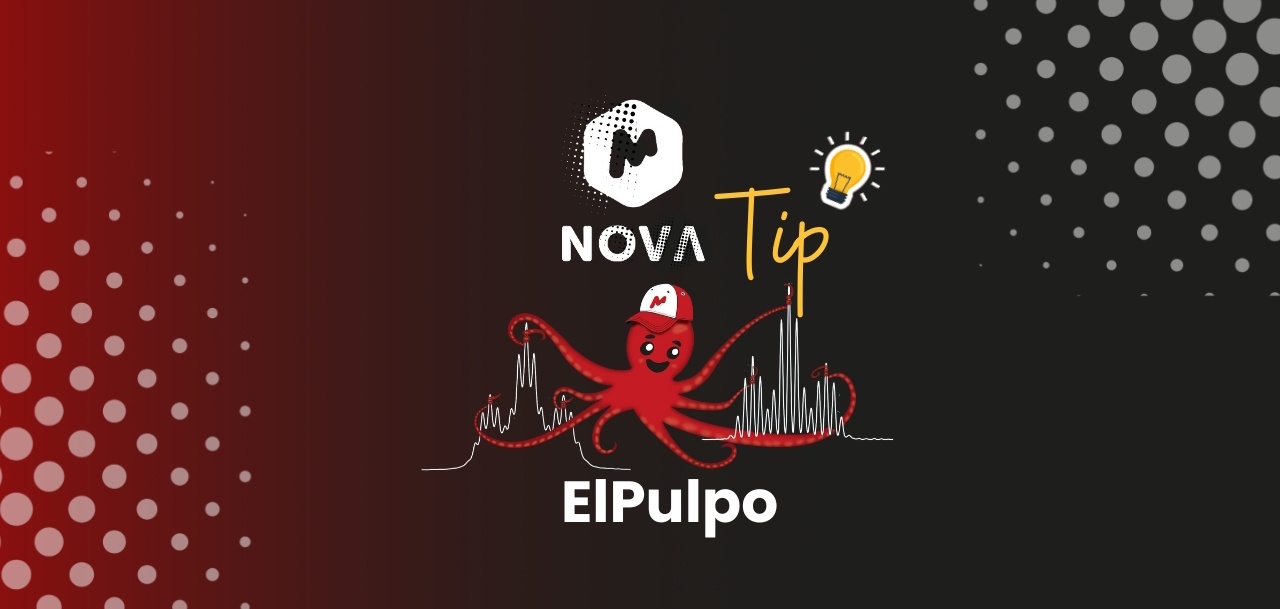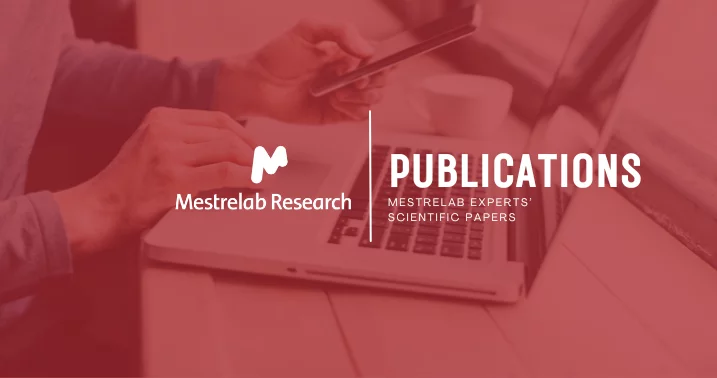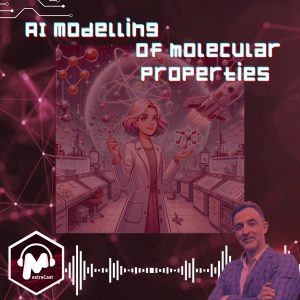


Mnova Tips

Peer Reviewed Publications
Podcasts

qNMR-Based Digital Reference Materials: USP & Mestrelab
Explore the transformative impact of qNMR technology on scientific research and regulatory practices. Don’t miss this insightful discussion on the future of analytical chemistry and digital innovation in the industry.

Why SciY
Join us in our first episode of our MestreCast as we explore the rise of automation and robotics in chemistry, where innovation meets automation to accelerate progress. Follow us for upcoming episodes promising to reveal exciting developments at the intersection of analytical chemistry software, automation, and more, and don’t miss out on the latest insights and trends!

AI Modelling of Molecular Properties
Join host Santi Dominguez in the latest MestreCast episode, “AI Revolution in NMR Spectroscopy,” featuring Kate Kemsley, Mestrelab’s Scientific Director with a rich background in physics and statistics. Together, they explore the integration of artificial intelligence in NMR spectroscopy, focusing on Kate’s work with message passing neural networks for chemical shift prediction.
Mnova Tips

S2E8 – Display the Pages Navigator in Mnova
In this Mnova Tip, we show you two easy ways to display the Pages Navigator in Mnova, whether you've accidentally closed it or are accessing it for the first time. We hope you find this tip helpful—stay tuned for more Mnova tips!

S2E7 – Customizing the Palette of 2D NMR
In this Mnova Tip, discover the palette options for your 2D NMR spectrum. Learn how to enhance data clarity and presentation using advanced features. Optimize your Mnova documents for visual appeal and scientific accuracy with this expert tip.

S2E6 – IUPAC Name
Watch this video and discover how the IUPAC Name tool can streamline the generation of IUPAC names for chemical structures. This tool helps you avoid manually naming complex structures, thereby reducing errors and saving time.
Peer Reviewed Publications

In vivo NMR is evolving into an important tool to understand biological processes and environmental responses. Current approaches use flow systems to sustain the organisms with oxygenated water and food (e.g., algae) inside the NMR.

This work explores the evolution of auditory analysis in NMR spectroscopy, tracing its journey from a supplementary tool to visual methods such as oscilloscopes, to a technique sidelined due to technological advancements

This paper presents a proof-of-concept method for classifying chemical compounds directly from NMR data without performing structure elucidation.